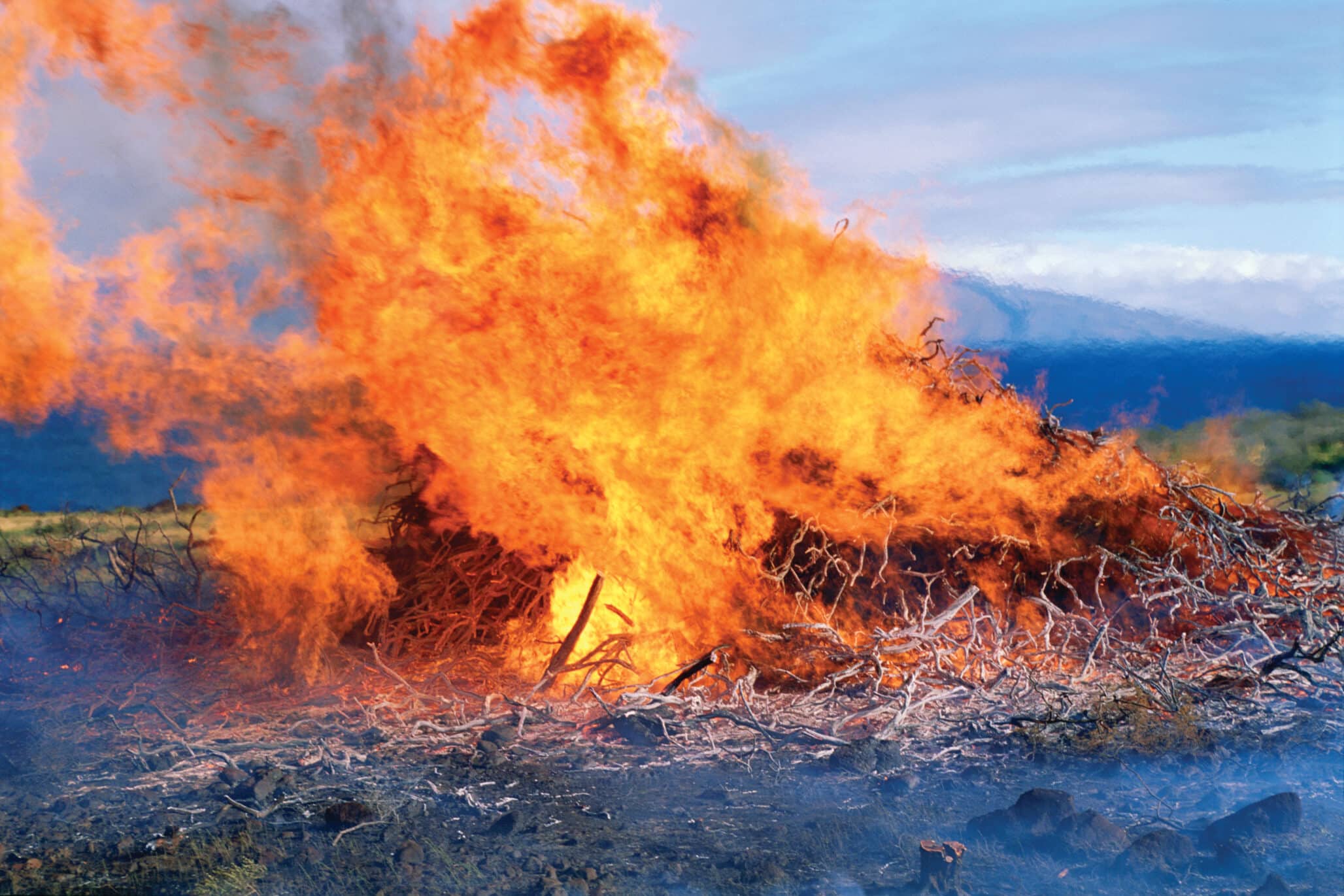A recent dust explosion and subsequent fire at Riches Seeds in Silverton, Oregon, caused one death and one injury, reports The Bulletin. Grain dust is highly flammable and is hazardous in any facility with large amounts of dried grain.
The Oregon explosion combustion source is still unknown, but firefighters told The Bulletin they are certain the fire was caused by a grain explosion. The building was completely destroyed, resulting in hundreds of thousands of dollars’ worth of damage.
Guard Against Dust Explosions
The most common months for dust explosions in agricultural facilities are April and August, according to research from Purdue University engineering. The average number of explosions in the U.S. per year from 1995 to 2014 hovers between 10 and 11, though not all result in injury or fatality.
In the eight explosions that occurred in 2020 just nine resulted in injury and no fatalities were recorded for the year. Here’s a quick look at the most common ignition sources for dust explosions, according to experts at Purdue:
- Fire
- Welding
- Friction sparks
- Malfunctioning mechanical components
- Smoldering material
- Overheated bearing
- Spark from electrical equipment
- Exposed light fixture
- Spark in dust collection unit
- Spark in dryer
- Dust collector malfunction
- Malfunctioning pulley
- Lightning strike
- Structural collapse
However, from 2006 to 2014 nearly 68% of all explosion sources were undetermined. The fires burn hot and fast, which means it can be difficult to identify the source.
Prioritize Safety
Talk with your employees about grain dust safety, including ventilation, what causes explosions and how to avoid sparks and other fires that can lead to injury.
For more tips on how to make safety an everyday practice, check out these tips:











